| Plant Habit: | Shrub Tree |
| Life cycle: | Perennial |
| Sun Requirements: | Full Sun Full Sun to Partial Shade Partial or Dappled Shade |
| Water Preferences: | Mesic Dry Mesic Dry |
| Soil pH Preferences: | Slightly acid (6.1 – 6.5) Neutral (6.6 – 7.3) Slightly alkaline (7.4 – 7.8) |
| Minimum cold hardiness: | Zone 3 -40 °C (-40 °F) to -37.2 °C (-35) |
| Maximum recommended zone: | Zone 9b |
| Plant Height: | 15 - 20 feet (4.5 - 6 m) |
| Plant Spread: | 12 - 15 feet (3.5 - 4.5 m) |
| Leaves: | Good fall color Deciduous |
| Fruit: | Showy Edible to birds Other: 1/3 inch ovoid, fleshy single-seeded drupes, green ripening to bluish-black. |
| Fruiting Time: | Summer Late summer or early fall |
| Flowers: | Showy Fragrant Other: Cymes 3 to 5 inches across bearing small flowers. |
| Flower Color: | White |
| Bloom Size: | Under 1" |
| Flower Time: | Spring Late spring or early summer |
| Underground structures: | Taproot |
| Uses: | Windbreak or Hedge Flowering Tree Will Naturalize |
| Edible Parts: | Fruit |
| Eating Methods: | Raw Cooked |
| Wildlife Attractant: | Bees Birds Butterflies |
| Resistances: | Pollution Humidity tolerant Drought tolerant |
| Propagation: Seeds: | Self fertile Stratify seeds Sow in situ |
| Propagation: Other methods: | Cuttings: Stem Layering Division |
| Pollinators: | Various insects |
| Miscellaneous: | Tolerates poor soil Monoecious Goes Dormant |
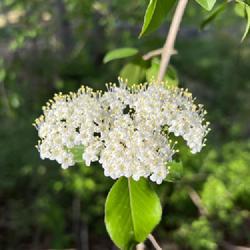
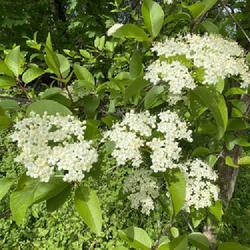



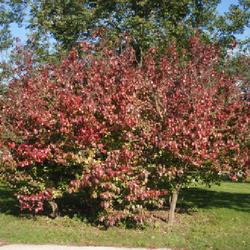
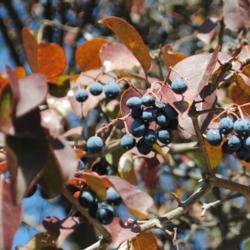
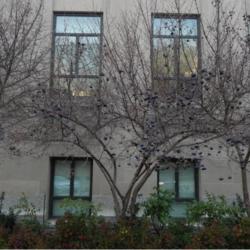
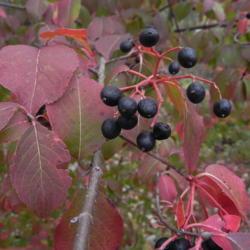
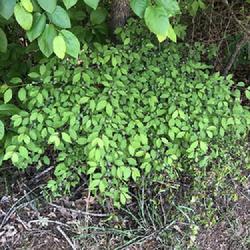
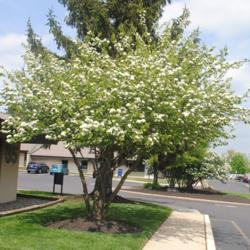
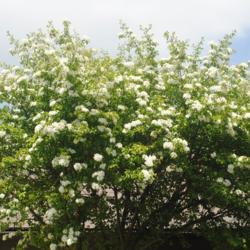


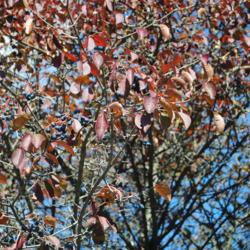
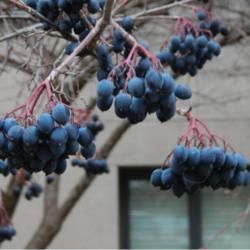
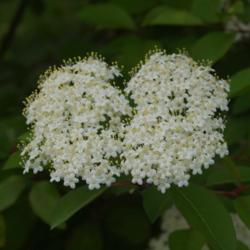

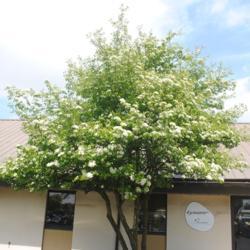

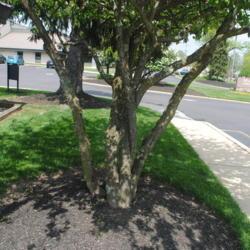
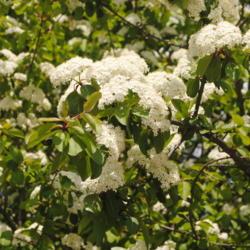

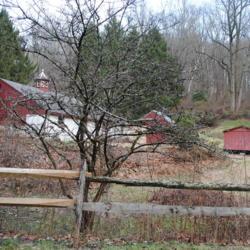

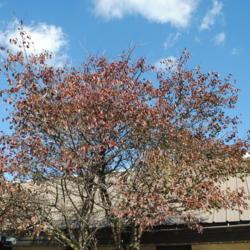
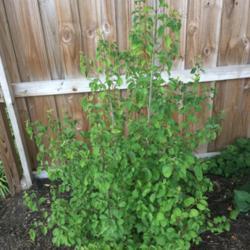

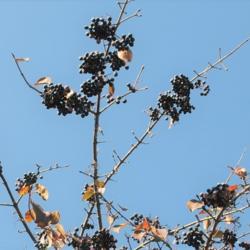


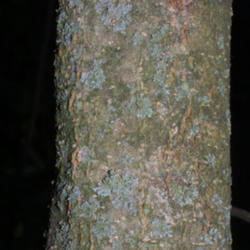
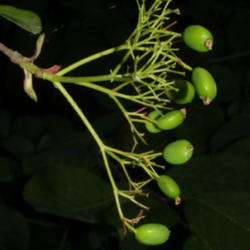



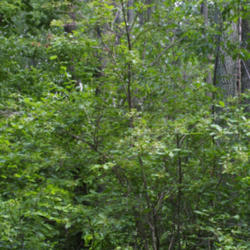
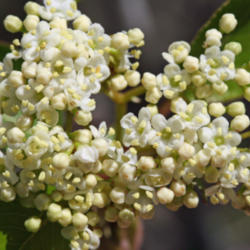

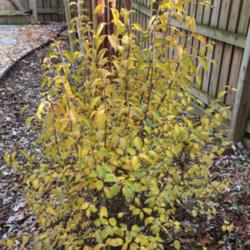




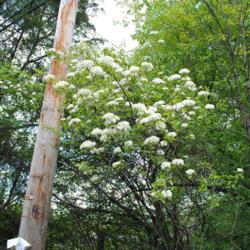


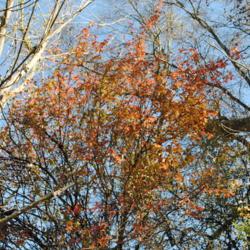

| aspenhill | On April 18, 2015 | Obtained plant LWC Plant Sale (Hill House) - qty 1 |
| SuperHappyCamper | On April 15, 2023 | Obtained plant Purchased from Drew at spring plant sale located at Gardens of Kennesaw Mtn. |
| Thread Title | Last Reply | Replies |
|---|---|---|
| Viburnum prunifolium - NOT V. rhytidophyllum by ViburnumValley | Dec 21, 2019 2:48 PM | 1 |
| This is a Blackhaw Viburnum (Viburnum prunifolium) - NOT V. rhytidophyllum by ViburnumValley | Dec 21, 2019 2:48 PM | 1 |
« Add a new plant to the database
» Search the Viburnums Database: by characteristics or by cultivar name
« See the general plant entry for Viburnums (Viburnum)